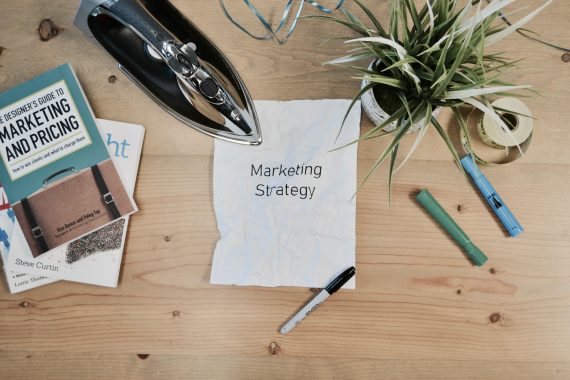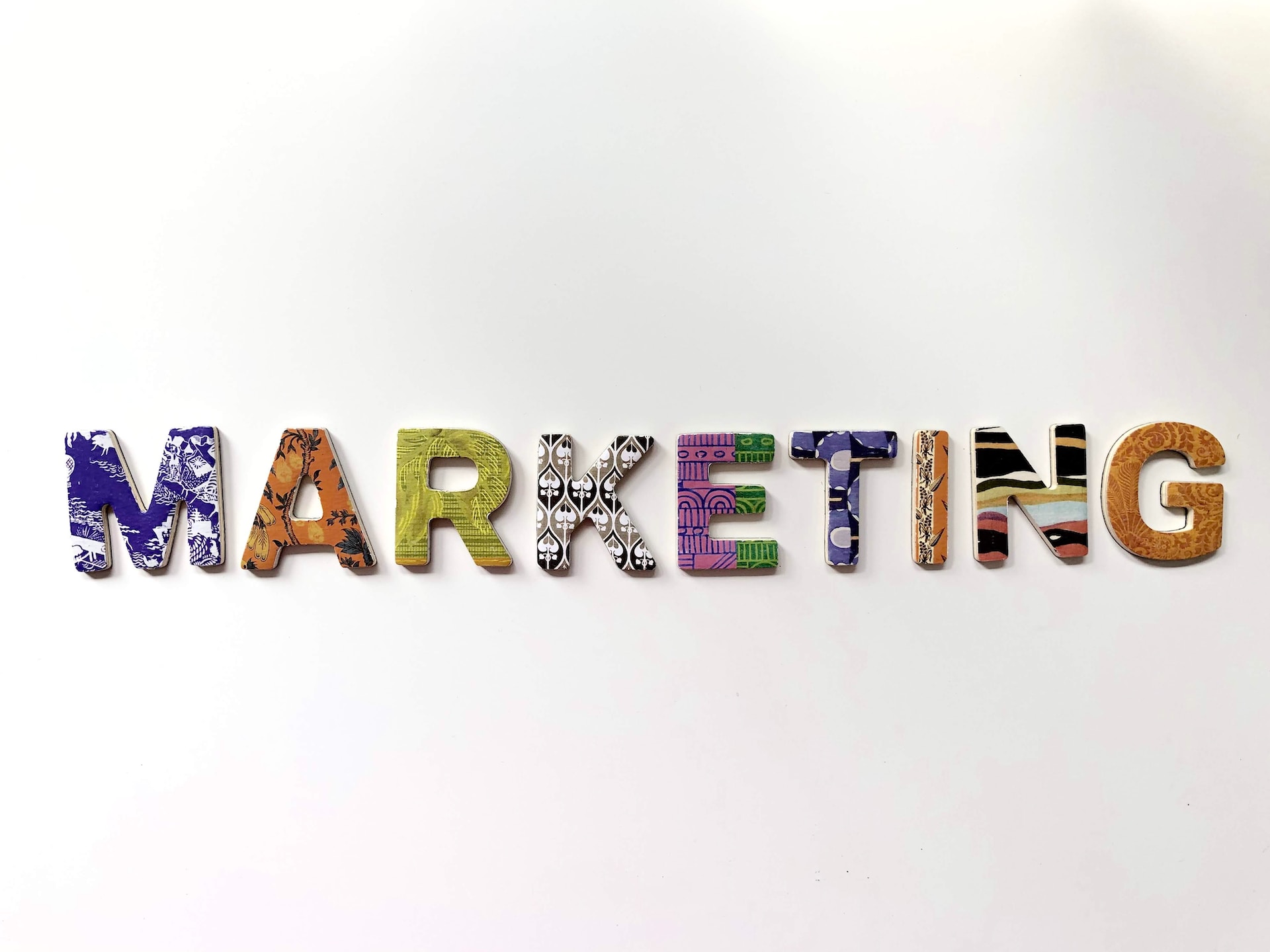Effective marketing bridges the gap between miseries and miracles for your customers. To do that, you need a well-thought-out marketing strategy.
These strategies include social media, content marketing, paid advertising, influencer marketing, networking, and email marketing. They also include public relations, customer loyalty programs, and referral marketing. They are proven to help businesses grow.
1. Social media
One of the most contemporary marketing strategies, social media can be used to reach new audiences and grow a business. Using platforms like LinkedIn for professional networking and Facebook for customer engagement, businesses can promote sales, share relevant content and establish themselves as industry leaders.
The two-way nature of social media allows for a more personalized and human experience, fostering brand loyalty and customer engagement. Businesses can use this to their advantage by responding to customers quickly and thoroughly.
Social media can also be used for crowdsourcing, which involves asking the public for ideas about a product or service. This can be done through social media or more formal channels such as email.
2. Content marketing
Content marketing is a powerful tool to grow your business and draw in ideal customers. However, it requires a clear understanding of your target audience, producing high-quality and engaging content, optimizing for search engine visibility, and promoting across multiple platforms.
When executed well, content marketing can drive brand awareness, increase traffic to your website, and generate leads. It can also help establish your company as a thought leader in its industry and build trust with your potential customers.
It is important to define your content marketing goals before creating a strategy. This will ensure that your content aligns with your business goals. For example, your goal may be to increase the number of email newsletter subscribers or white paper downloads. You can use tools like Buzzsumo to see the type of content that is most shared on social media.
3. Paid advertising
Paid advertising is one of the fastest-growing forms of marketing. It aligns with buyer behavior (most buyers start brand research with a search) and helps businesses reach the right audience at the right time with compelling offers.
A well-defined marketing strategy is essential to success with paid advertising. Known as your “marketing mix” or “4 P’s,” a marketing strategy outlines the key goals and metrics you want to achieve with your promotional efforts.
For example, if you’re promoting a new software update, your content marketing strategy might highlight the core benefits of the updates with video campaigns on LinkedIn or TikTok. This can help you gain traction quickly and increase sales while also building stronger relationships with your audience.
4. Influencer marketing
If your business sells a product or service that has a specialized target audience, working with influencers can help you reach those customers. For example, a fashion retail company that markets affordable and chic apparel to millennials could partner with bloggers or social media users with large and engaged audiences to build credibility and drive sales.
It’s important to choose influencers whose public persona and content align with your brand image. Be sure to evaluate their experience with branded content, audience engagement, and quality of interactions to ensure they can deliver on your campaign goals. Also, make sure your brief equips influencers with the information and products they need to represent your brand effectively without being too restrictive.
5. Networking
Networking is one of the most effective marketing strategies for small business owners, as it can help them to reach more customers, build relationships, and increase visibility. In addition, networking can also help businesses to find new suppliers and resources that they wouldn’t be able to access through other means of marketing, such as advertising. Additionally, it can help businesses to generate more referrals, which are often more effective than other types of marketing. However, it is important to remember that networking takes time, and that you should always follow up with potential contacts after meetings or events. This will help to ensure that you are continuing to build relationships with them. This is also known as relationship marketing.
6. Email marketing

Email is a very effective tool for building brand awareness and maintaining a consistent presence in customers’ inboxes. Unlike most other marketing channels, email allows you to communicate directly with your subscribers and customers. Consistency in your branding, including logos, color scheme, font choices, and tone of voice, will allow your subscribers to quickly recognize and associate your brand with a specific email. Inbound marketing strategies are also needed by businessmen trying to expand and grow their businesses.
Email also allows you to personalize your messages, thanks to the use of merge fields and list segmentation. This helps to drive engagement and conversions. Email can be used to encourage purchases, nurture leads post-transaction, and to upsell and cross-sell current customers. You can also experiment with different tactics, such as timing and offer-driven content to see what works best for your audience. Then, you can adjust accordingly.
7. Public relations
Public relations is a powerful marketing tool that can help a business in many ways. It can build relationships with a wide range of audiences, including investors, the media, and local communities. It can also boost consumer trust, brand awareness, and credibility. It can also help a company attract new customers and increase sales.
One of the main benefits of PR is its ability to attract new investors. Potential investors are often inundated with pitches from different companies, so it’s important to find a newsworthy story that will capture their attention. PR can also be used to promote a company’s successes, such as winning an award or landing a contract. It can also be used to manage a crisis, such as when a company has received negative press. This can help a company restore its reputation and protect its bottom line.
8. Customer loyalty programs
Customer loyalty programs are proven to increase revenue and create a positive impact on your business. They do this by increasing the average order value of customers, as well as their purchasing frequency.
The most effective customer loyalty programs are personalized and built around a specific brand’s unique values.
A loyalty program is also a great way to convert one-time buyers into loyal evangelists that will promote your business for you. This will help reduce marketing costs and grow your business faster.
9. Referral marketing
Referral marketing is a cost-effective way to reach new customers and grow your business. It involves asking your existing customers or fans to share information about your products and services with their networks.
Referred customers tend to have a higher lifetime value than those acquired through traditional marketing channels, such as paid ads. Moreover, they are more likely to become repeat customers and advocates for your brand.
To encourage referrals, reward your customers with attractive offers, such as discounts on their next purchase or free products. Be sure to communicate the program details through key marketing channels like content, email and social media. Lastly, consider setting up a dedicated landing page for the program. This will make it easy for customers to access and start sharing their referral codes and links. It will also help you keep track of the referred leads and customers.
10. Tracking
Tracking is a crucial component of any marketing strategy, according to Forbes. It helps you to know how your customers are interacting with your business and allows you to make data-driven decisions that can help your company grow. Some methods for tracking your customer base include surveying customers on their preferences and interests, keeping a list of their contact information, and sending email newsletters or automated messages with promotions to encourage them to buy from you.
